Cheongil Settlement Boundary Stairs
Cheongil Settlement Boundary Stairs Settlements, extraterritorial zones with painful histories
City Monument No. 51
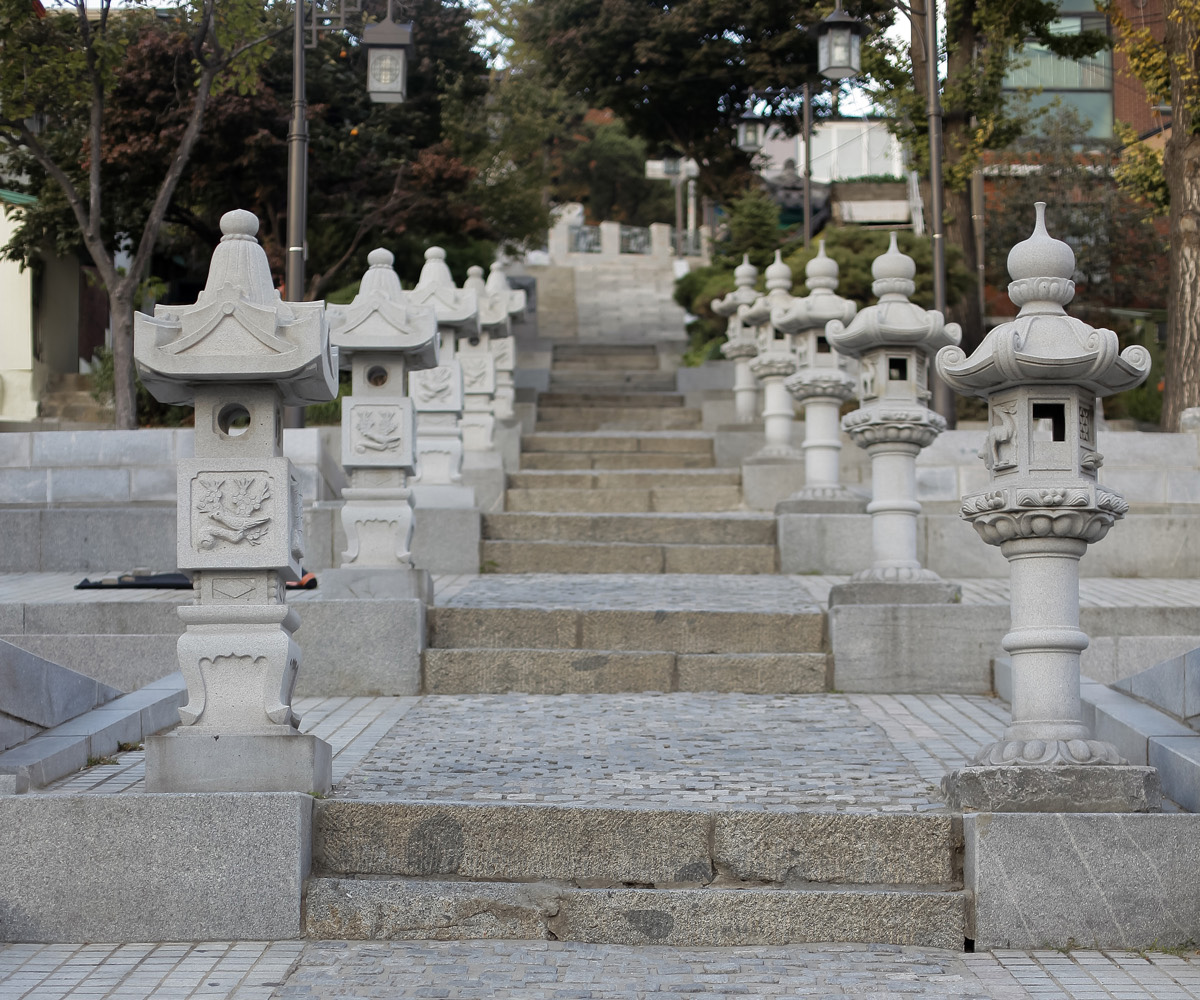
The Cheongil Settlement Boundary Stairs are the border between the Japanese Settlement of 1883 and the Qing China’s Settlement of 1884.
There are stone steps in the center and landscape spaces on both sides.
To the left, you can see Chinese-style buildings in the Qing Dynasty’s settlement area, and on the right are Japanese-style buildings in the Japanese settlement area.
You can see the distinctly different Qing Chinese and Japanese buildings arranged around the staircase that has a history of 130 years.
There are stone steps in the center and landscape spaces on both sides.
To the left, you can see Chinese-style buildings in the Qing Dynasty’s settlement area, and on the right are Japanese-style buildings in the Japanese settlement area.
You can see the distinctly different Qing Chinese and Japanese buildings arranged around the staircase that has a history of 130 years.
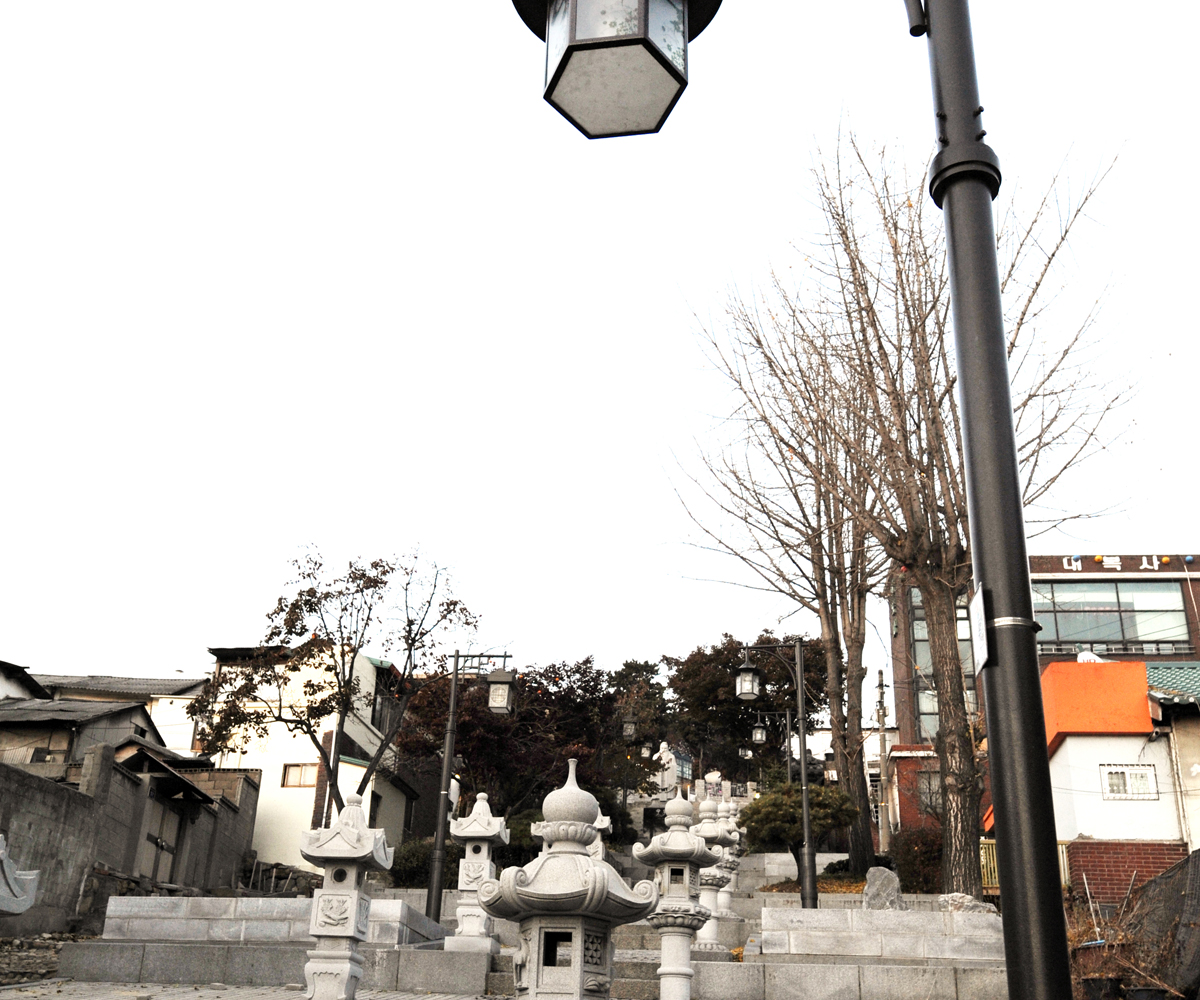
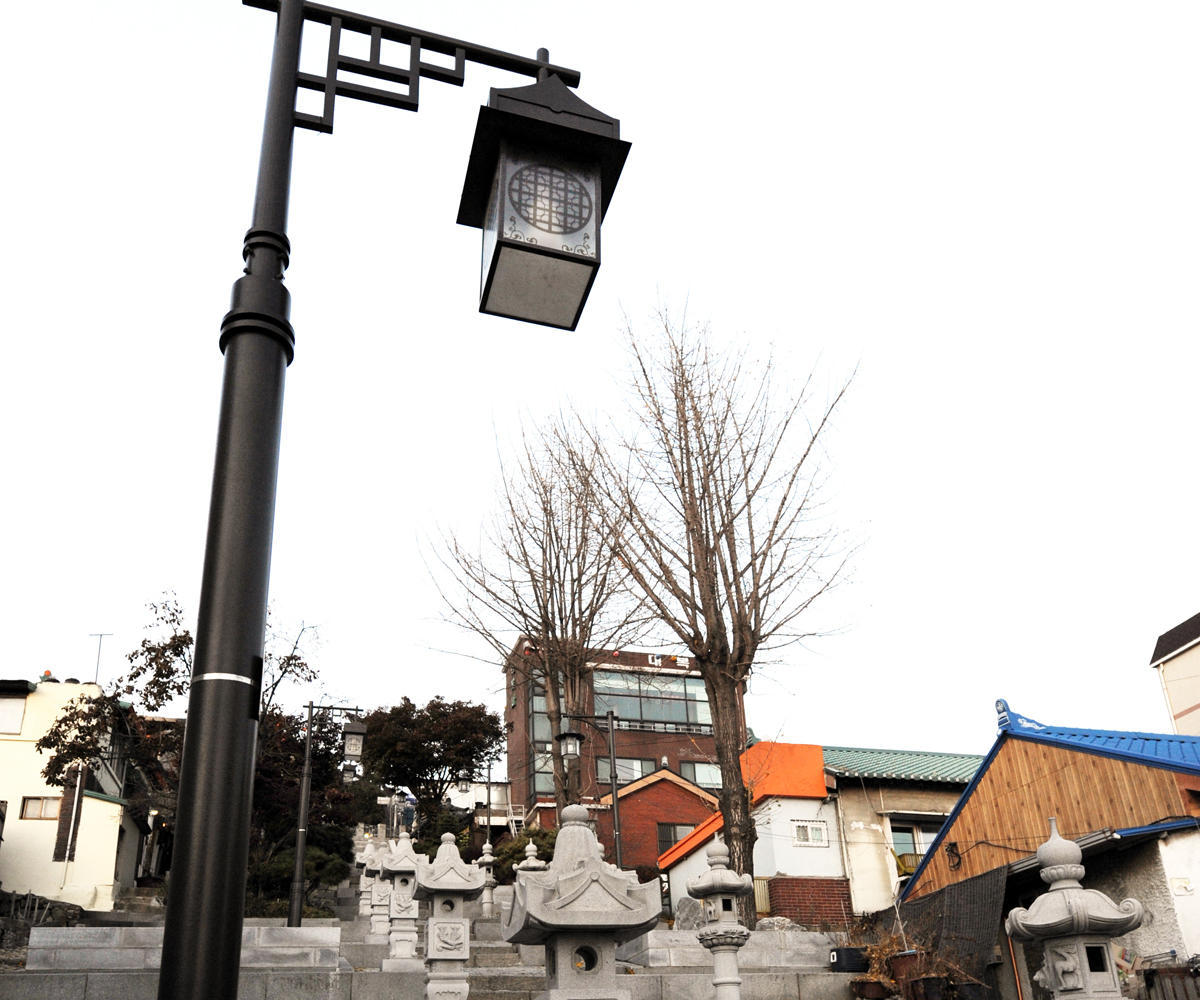
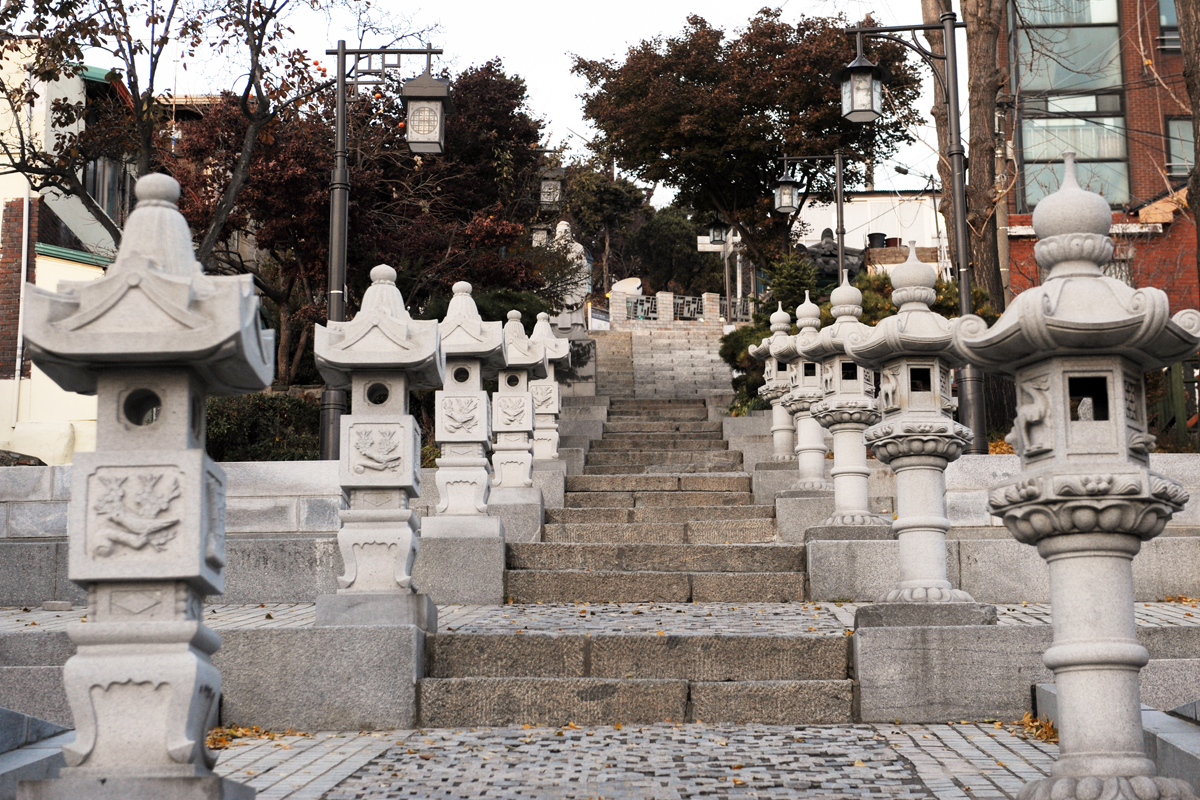
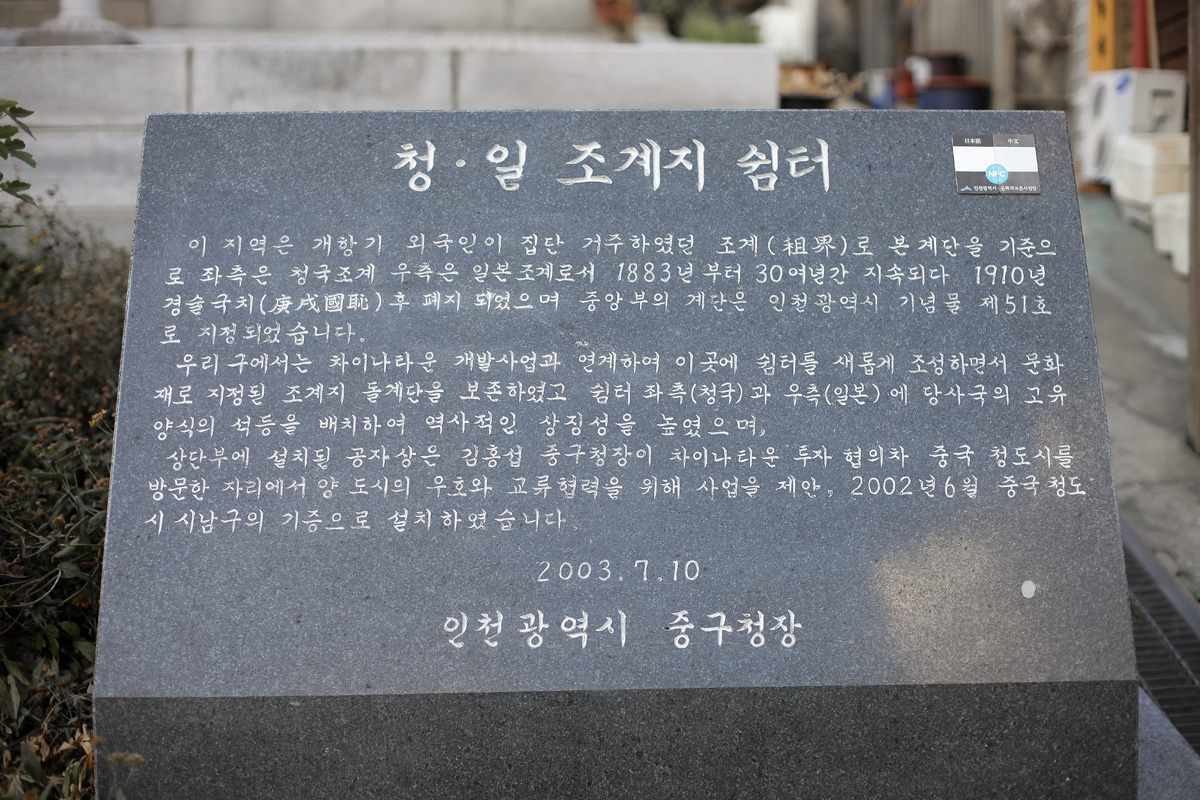
If you look more closely, you can see that the shapes of the stone lanterns on the left and the right are different.
These are Chinese and Japanese stone lanterns showing different shapes.
Korean-style stone lanterns are generally in the shape of a flat octagon, and Japanese-style stone lanterns have a fern-like pattern that curves like a hand at the end of the jadeite stone.
Chinese-style stone lanterns are based on squares and are characterized by their colorful shapes.
These are Chinese and Japanese stone lanterns showing different shapes.
Korean-style stone lanterns are generally in the shape of a flat octagon, and Japanese-style stone lanterns have a fern-like pattern that curves like a hand at the end of the jadeite stone.
Chinese-style stone lanterns are based on squares and are characterized by their colorful shapes.
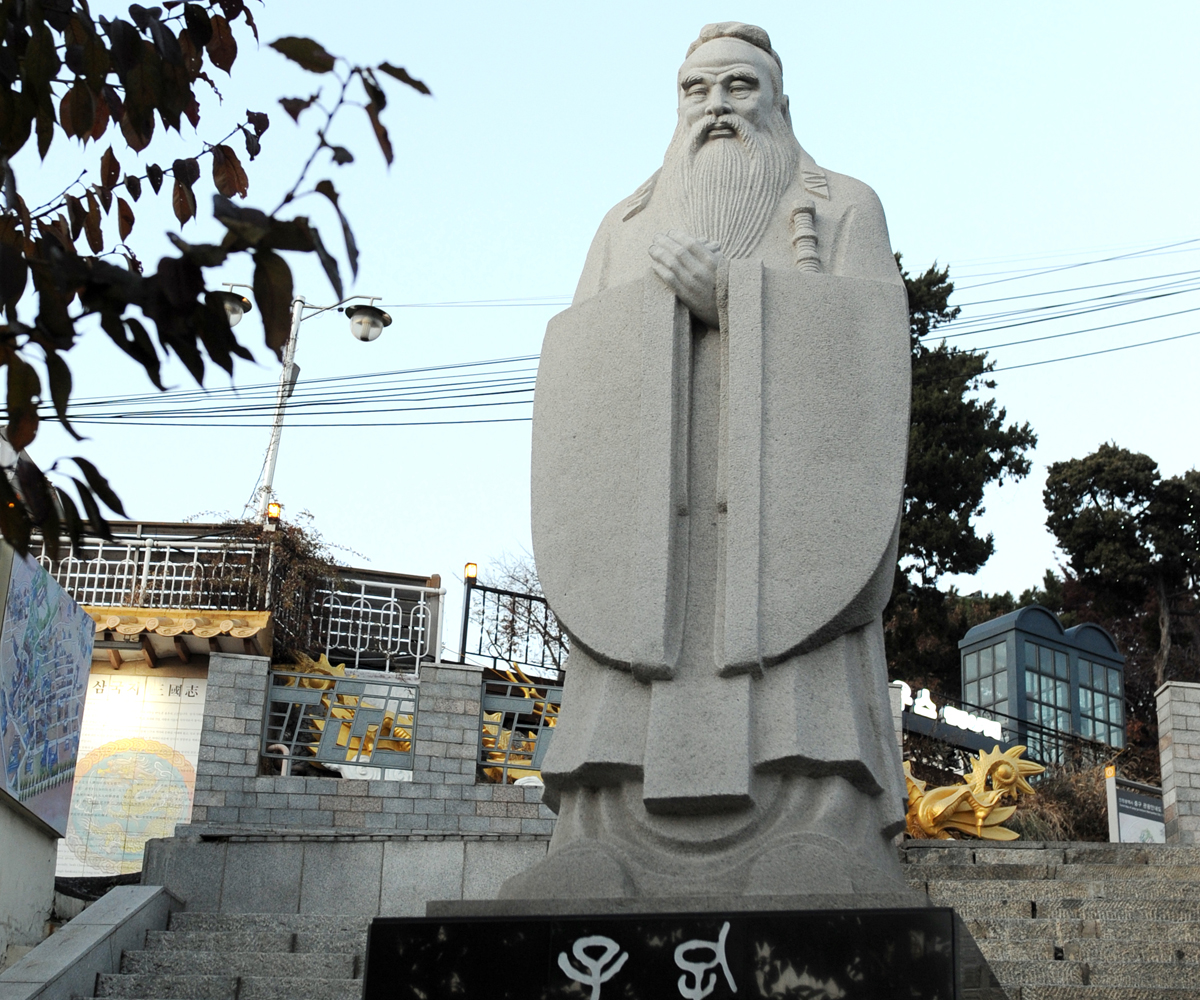
At the top of the stairs is a statue of Confucius donated by Qingdao, China. As such, it is built on the Chinese side off from the center of the stairs.
It has been designated as Incheon Metropolitan City Monument No. 51 because of its value and historicity.
It has been designated as Incheon Metropolitan City Monument No. 51 because of its value and historicity.

- Location
- Area of 21, Chinatown-ro 55beon-gil, Jung-gu, Incheon
- Transportation
- <Car> From each end point of Gyeongin Expressway and West Coast Expressway, direction towards Wolmido Island
<Subway> Get off at Incheon Station on Line 1, across from the station square → Chinatown


